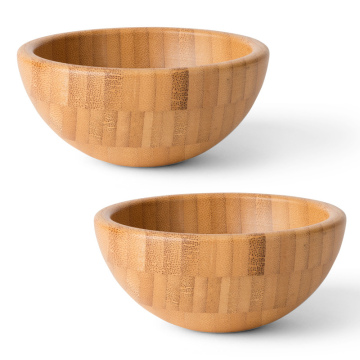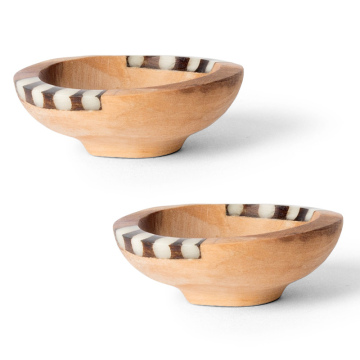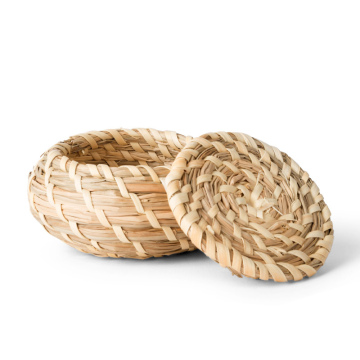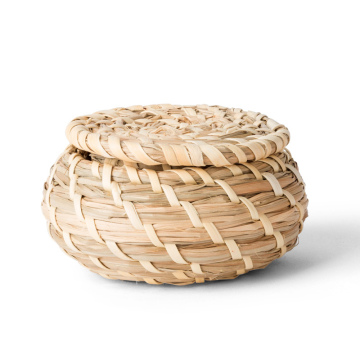From River to Grill: Discovering the Magic of Unagi
The Journey of Unagi: From Source to Plate
Unagi, the delicate eel revered in Japanese cuisine, embarks on a remarkable journey from its natural habitat to the dining table. This freshwater eel typically originates in the rivers and streams of East Asia, particularly in Japan, where it thrives in brackish waters. Unagi has a unique lifecycle, beginning in the ocean where eel larvae hatch and later transition to rivers. The eels mature over several years before they are harvested for culinary purposes.
The significance of unagi in Japanese culture goes beyond mere sustenance; it is deeply intertwined with tradition and seasonal customs. Eels are traditionally consumed during the hot summer months as a means to boost stamina and vitality. The Japanese celebrate the culinary art of unagi, showcasing its importance during festivals and ceremonies, where it is served in various forms, including grilled or as part of sushi.
Harvesting unagi is a meticulous process, typically conducted during the early summer months when eels are at their most robust. Fishermen often employ sustainable practices, capturing these creatures with nets and traps to ensure future populations remain healthy. Following harvest, unagi undergoes a specific preparation process, which includes cleaning and filleting, before being seasoned. This is where traditional techniques shine, with the eels often marinated in a sweet soy-based sauce known as tare, enhancing their natural flavor.
When it comes to cooking, grilling is the preferred method for unagi. The eels are skewer-grilled over charcoal, which imparts a unique aroma and enhances the tender texture. Different types of unagi, such as unagi kabayaki (grilled with tare) and unagi nigiri (sushi), each present distinct flavor culinary experiences. Seasonal influences also play a significant role in unagi production, affecting availability and freshness. Understanding this journey not only enriches the appreciation of unagi but also highlights its enduring place in Japanese gastronomy.
Culinary Techniques: Mastering the Art of Grilling Unagi
Grilling unagi, or freshwater eel, is an art that combines technique, precision, and culinary understanding. The key to achieving the perfect unagi lies in mastering various grilling techniques that bring out the mesh of flavors and textures associated with this delicacy. First and foremost, the method of grilling unagi contributes significantly to its overall quality. The most common technique involves skewering the eel before placing it on the grill. This not only aids in even cooking but also allows for easy handling throughout the grilling process.
One cannot overlook the vital role of glazing in achieving the authentic taste of unagi. The tare sauce, a mixture of soy sauce, sake, mirin, and sugar, serves both as a marinade and glaze, imparting a sweet umami flavor that is distinctive to grilled unagi. It is essential to apply the glaze at the right moment—usually during the last few minutes of cooking—to ensure that the flavors caramelize without burning. Additionally, adjusting the frequency of application will help in crafting a delightful finish, creating an exquisite layer on the eel's surface that contrasts beautifully with its tender, succulent meat.
The choice of grill is another important aspect that complements the grilling process. Culinary Traditional Japanese grills, known as 'shichirin,' utilize charcoal to provide a subtle smokiness that enhances the unagi's flavor. Alternatively, gas grills or stovetop grilling pans can also achieve commendable results. Regardless of the grill type, maintaining consistent heat is crucial. Home cooks should strive to achieve medium heat, as high temperatures can quickly char the outside while leaving the inside undercooked.
For those hoping to replicate restaurant-quality unagi at home, attention to detail is essential. Preparing the eel properly—removing any residual skin and ensuring even cuts—accompanied by sufficient marination time in tare sauce, will elevate the entire grilling culinary experience. By focusing on these techniques and using quality ingredients, home cooks can master the craft of grilling unagi, bringing a taste of Japan right to their dining table.
Unagi in Japanese Cuisine: Dishes and Traditions
Unagi, or freshwater eel, holds a prestigious place in Japanese cuisine, celebrated for its rich flavor and unique texture. Culinary Traditionally enjoyed grilled, unagi is a central element in several iconic Japanese dishes. One of the most popular preparations is unadon, a delightful eel rice bowl that features grilled unagi glazed with a sweet soy-based sauce called tare. This dish is widely recognized for its harmonious combination of tender eel over a bed of steaming rice, making it a comforting meal served across various dining establishments in Japan.
Another prominent form of unagi is featured in unagi sushi, where the grilled eel is artfully placed atop vinegared rice. This form of sushi not only highlights the delicate flavor of the eel but also demonstrates the artistry prevalent in Japanese culinary practices. The contrast between the warm, glazed unagi and the cool, seasoned rice creates a balanced taste culinary experience that is both savory and satisfying. Pairings with condiments such as wasabi and pickled ginger enhance the dish, adding complexity to the flavors and allowing for a personalized palate culinary experience.
The significance of unagi extends beyond its culinary uses; it is also steeped in cultural traditions. In Japan, unagi is traditionally consumed during the "Doyo no Ushi no Hi," a seasonal celebration held in mid-summer when people seek to bolster their energy against the heat. Regional variations in unagi preparation also emerge across the country, with each area offering its unique take based on local ingredients and taste preferences. For example, the Kanto region is known for its distinctive charcoal-grilled unagi served with kabayaki style, whereas the Kansai region focuses on steaming the eel before grilling it, resulting in a different texture and taste.
Through its diversity in dishes and rich cultural practices, unagi remains an integral part of Japanese culinary heritage, constantly evolving yet always reflecting the deep-rooted traditions of the cuisine.
Sustainability and Future of Unagi Production
The unagi eel, a delicacy in many cultures, faces significant sustainability challenges due to overfishing and habitat destruction. Historically, wild unagi populations have dwindled as demand has surged, leading to increasing pressures on their natural habitats, particularly in rivers and wetlands where they spawn. The life cycle of unagi is complex, as they migrate from freshwater rivers to the Sargasso Sea to breed, making their populations vulnerable to environmental changes and human activities along their migratory routes.
In response to these challenges, various conservation initiatives have emerged aimed at restoring unagi populations and preserving their natural habitats. Organizations dedicated to aquatic sustainability are working alongside governments to implement regulations that limit capture rates and promote responsible fishing practices. Additionally, habitat restoration projects are underway to revitalize and secure essential spawning areas, fostering a healthier ecosystem for unagi and other aquatic species.
Furthermore, the advent of sustainable aquaculture practices has provided a viable alternative to traditional fishing methods. Fish farms specially designed for unagi are being developed to reduce reliance on wild stock. These facilities focus on replicating the natural conditions necessary for unagi to grow, while also minimizing environmental impact. By utilizing closed-loop systems and responsible feed sourcing, these farms contribute positively to unagi production without compromising the species' future sustainability.
Regulatory measures, such as quotas and the certification of sustainably sourced unagi, play a crucial role in promoting environmental stewardship among consumers. By supporting products that adhere to these sustainable principles, consumers can make informed decisions that contribute to the preservation of unagi for generations to come. Ultimately, the future of unagi production hinges on the combined efforts of industry stakeholders, conservationists, and consumers committed to responsible practices and sustainable seafood choices.











